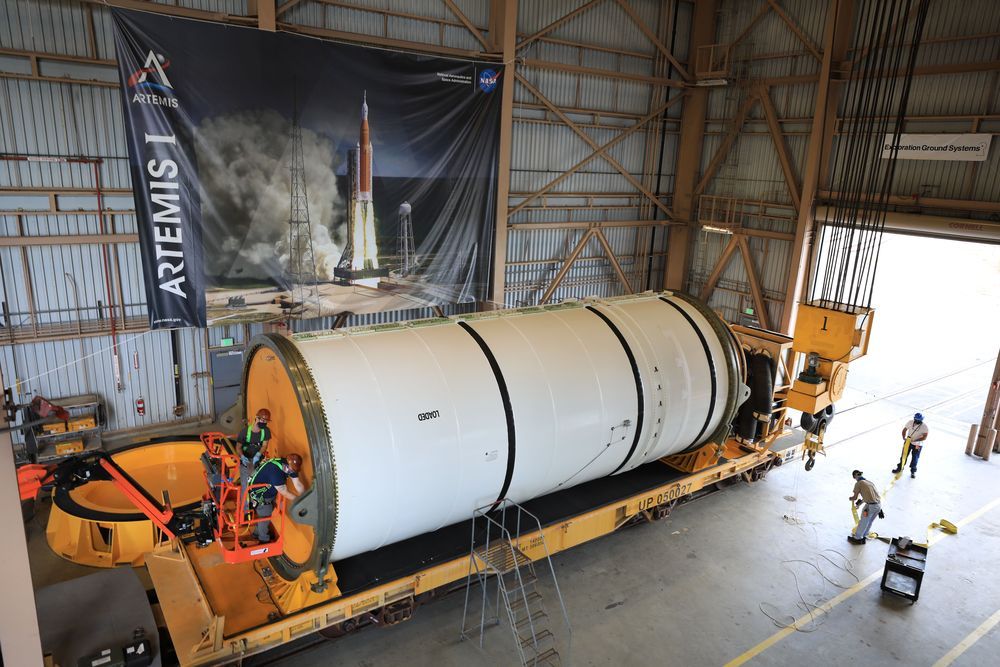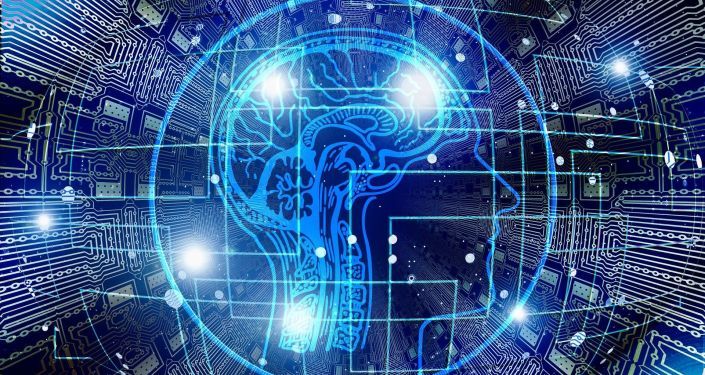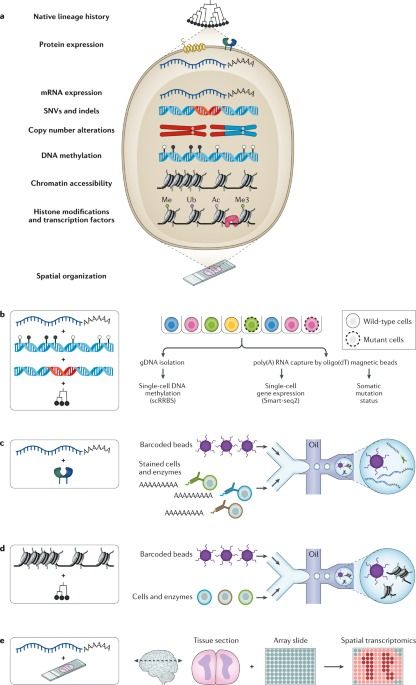NR and NMN are popular ways to try to boost levels of NAD+, but that approach hasn’t worked every time in human studies. One reason for that may involve CD38, which degrades both NR and NMN. With the goal of boosting NAD+ levels during aging, why does CD38 increase with age, and what can be done about it? All that and more in this video!
Get the latest international news and world events from around the world.



New ‘PEDOT’ Polymer May Allow Human Brain to Merge With AI, Cure and Detect Diseases, Scientists Say
The discovery has led to a new polymer that allows humans to integrate electronics into the brain after challenges with substances such as gold, steel and silicon resulted in scarring of organic tissue.
A major breakthrough in materials research may allow the human brain to link with artificial intelligence, it was announced at an American Chemical Society Fall 2020 event on Monday.
Scarring due to previously used materials can block electrical signals transmitted from computers to the brain, but University of Delaware researchers developed new types of polymers aimed at overcoming the risks.

How Scientists Influenced Monkeys’ Decisions Using Ultrasound in Their Brains
A Sound Treatment
Ultrasound is an oddball in the neuromodulation world. Similar to its better-known siblings, such as transcranial direct current stimulation (tDSC) or transcranial magnetic stimulation (TMS), ultrasound changes how neurons fire, which in turn changes their computational output—what we observe as learning, memory, and other behaviors. This idea, dubbed neuromodulation, has taken the neurological world by storm for its near “magical” efficacy for treating people with depression who don’t respond to antidepressants, or people with Parkinson’s disease whose movement patterns are severely disrupted.
Compared to first-generation neuromodulation, where the brain-tweaking gadget is surgically implanted into the brain, ultrasound offers a way to “hack” neural firings from the outside. In a way, the technology uses sound waves to mechanically “shake” the neurons in a circuit back into sequence, so they function in sync as needed and control subsequent outputs like learning, thinking, memory, and decision-making.
Rocket Lab aims to launch private Venus mission in 2023
Rocket Lab, which gives small spacecraft dedicated rides to Earth orbit, plans to go interplanetary soon with an astrobiology mission to the second rock from the sun.


Integrating genetic and non-genetic determinants of cancer evolution by single-cell multi-omics
Both genetic and non-genetic factors underlie the intratumoural heterogeneity that fuels cancer evolution. This Review discusses the application of single-cell multi-omics technologies to the study of cancer evolution, which capture and integrate the different layers of heritable information and reveal their complex interplay.

MIND GAP — Peter Xing — Automation and next generation AI
As we wind up our discussion about the Space Race and touch on the strategies employed by China in its bid to stay on top of space and tech, we delve into the meaty topic of next generation Artificial Intelligence including GPT-3, OpenAI, CommaAI and how they are making strides in the avenues of automation, machine learning and translation and also self driving cars. It’s a brave new world and we discuss some of the many pitfalls of this new emerging range of systems that can come with many issues along with many benefits.
